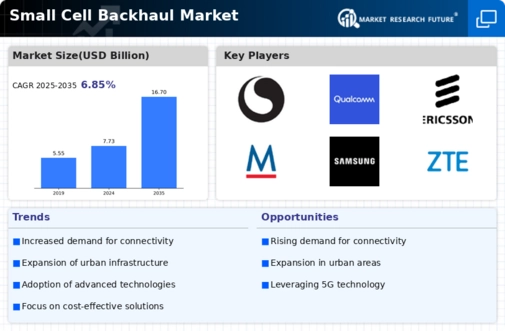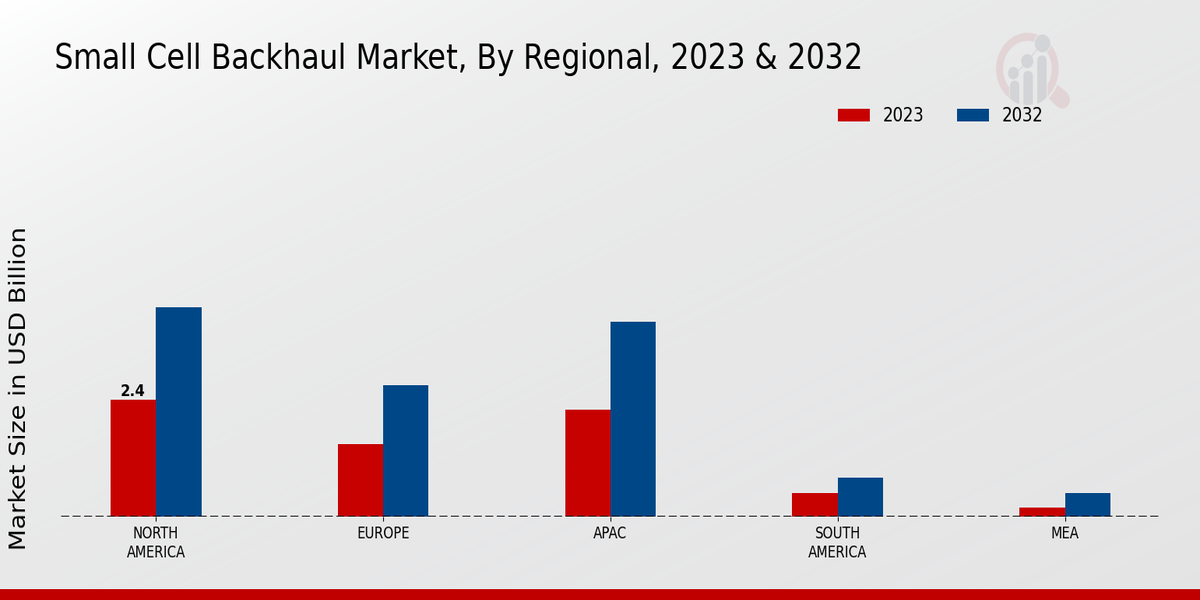The small-cell backhaul market is characterized by its rapid growth and evolving competitive landscape driven by the increasing demand for improved connectivity and higher data speeds. As urbanization accelerates and mobile data traffic surges, operators and telecommunications companies are investing significantly in small cell infrastructure, which necessitates efficient backhaul solutions.
This market landscape is defined by various players offering innovative products and services aimed at enhancing network performance, minimizing latency, and addressing coverage challenges. Competitive insights in this market reveal that companies are differentiating themselves through technological advancements, strategic partnerships, and customer-centric solutions, seeking to establish a strong foothold in regions experiencing a surge in small-cell deployments. ADTRAN stands out within the small-cell backhaul market due to its robust portfolio of solutions tailored to meet the unique demands of small-cell deployments.
The company leverages its extensive experience in networking technology to deliver scalable and cost-effective backhaul solutions that enhance the performance of small-cell networks.
ADTRAN's strengths lie in its commitment to innovation, providing advanced services and reliable infrastructure that operators can depend on. The company has built a reputation for its responsive support services and customization options that enable clients to deploy small cells efficiently and effectively. As a market player, ADTRAN seeks to empower telecommunications providers with tools that facilitate seamless network expansion, ensuring stronger and more resilient connectivity in densely populated areas, which is crucial for harnessing the potential of emerging applications requiring high data throughput.
CommScope holds a significant presence in the small cell backhaul market, recognized for its comprehensive suite of connectivity solutions designed to meet the increasing demands of wireless communication. The company's established expertise in small-cell technology allows it to provide reliable and high-performance backhaul solutions that integrate seamlessly with various network infrastructures. CommScope's focus on innovation and quality assurance has made it a preferred partner for service providers striving to enhance their network capabilities.
The company's strategic initiatives, including collaborations and investments in research and development, ensure it remains at the forefront of technological advancements in the field. By offering scalable backhaul solutions and extensive product ranges, CommScope contributes significantly to the evolution of small-cell networks, addressing the growing need for improved data services and efficient connectivity in urban environments.






















